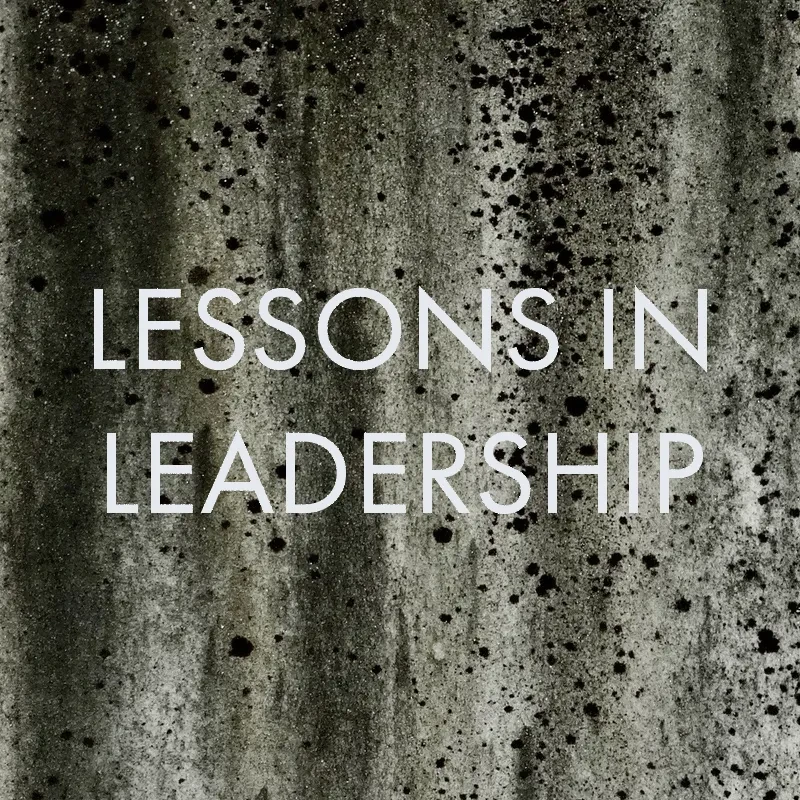
The Tortoise and the Hare
Robert Hughes
Design Futures Council Senior Fellow
July 10, 2024
Bob Hughes reviews midyear economic indicators.
The famous Aesop fable “The Tortoise and the Hare” has garnered varying interpretations over the years, but the most widely recognized one is that slow and steady wins the race. The admirable hare with unyielding determination and abundant optimism might be the perfect role model for policymakers at the Federal Reserve.
Fed policymakers have the unenviable task of attempting to be preemptive while simultaneously being adaptive to current conditions. Each new data point on economic activity, inflation measures and labor market conditions help form Fed policymakers’ views on the economy and the appropriate path for monetary policy.
Capital markets (and perhaps the abundant number of pundits as well) play the hare to the Fed’s tortoise, instantly reacting (or maybe overreacting) to the constant flow of new information. The challenge for businesses is understanding Fed policymakers and capital market behaviors when formulating business plans and growth strategies. Compounding the challenge of understanding the Fed and capital markets is the fact that both can have varied and sometimes opposing impacts on the economy, creating an incredibly complex system.
As discussed in the first quarter outlook, the last of the Fed’s 11 rate increases occurred in July 2023, with the target rate set at 5.25 to 5.5%. With a significant deceleration in inflation since the peak, speculation had been focused on Fed Funds rate cuts. However, some of the most recent information has been mixed, leading numerous Fed governors and regional Federal Reserve Bank presidents to make comments discouraging speculation on imminent rate cuts. The recent catchphrase has been “higher for longer” when discussing interest rate policy, meaning short-term interest rates may stay at higher levels for a longer period than expected. As always, policymakers continue to reaffirm their commitments to reducing inflation to their 2% target.
Slow and steady wins the race. The admirable hare with unyielding determination and abundant optimism might be the perfect role model for policymakers at the Federal Reserve.
Inflation
The total Consumer Price Index (CPI) was up 3.3% for the 12 months that ended May 2024, well below the peak near 9% but still above the Fed’s 2% goal. The 12-month change has been holding relatively steady since June 2023, leading many to be disappointed in the progress against returning to the Fed’s 2% target.
The Core CPI, which excludes food and energy prices because of their volatility, is up 3.4% over the same period. The core continues a slow deceleration since hitting its peak of 6.6% in September 2022, but this too has been disappointing.
Conversely, my preferred measure, the CPI excluding energy and owners’ equivalent rent (OER), is up 1.5% through May, its ninth consecutive month below the Fed’s 2% target. Continued progress toward the Fed’s 2% objective remains likely given that our preferred measure of CPI excluding energy and OER accounts for about two-thirds of the total CPI and is already under 2%, while the OER (about 27% of the CPI) continues to slowly decelerate. However, complicating the inflation outlook, my proprietary inflation conditions index has risen over the last few months, suggesting an increase in underlying price pressures. Historically, sustained increases in my proprietary gauge tend to predict accelerating inflation, but the increases so far have not been sufficient to raise significant concern. Still, they are worth noting.
A key question I asked in my last article (DesignIntelligence Q2, 2024) pondered Fed policymakers’ willingness to trust the deflationary trend. In the first scenario, if the Fed were to wait until the CPI or Core CPI has returned to 2%, then the Fed Funds rate may remain at current levels for an extended period. In the second scenario, if the Fed were to be satisfied with a disinflationary trend — even though the rate of increase was above the Fed’s target — then, rate cuts could come sooner. A third possibility would be if the Fed decides to begin rate cuts before inflation reaches the 2% target but spreads them out over an unusually long duration. Recent comments favor the first scenario.
Growth
Real Gross Domestic Product (GDP) rose at a 1.3% annualized rate in the first quarter of 2024 versus the fourth quarter and 2.9% from the first quarter of 2023. Our preferred measure of domestic demand, real final sales to private domestic purchasers excluding owners rent (aka real core GDP), rose 2.9% at an annual rate in the first quarter of 2024 and is up 2.8% since the first quarter of 2023. Among the components of private domestic demand, consumer spending rose 2.0% in the first quarter while residential housing surged 15.4%, business fixed investment in structures ticked up 0.4% following five consecutive quarters of growth, business investment in equipment rose 0.3% and business investment in intellectual property grew by 7.9%. The most significant areas of weakness in the first quarter were the change in business inventories (subtracting 0.5 percentage points from GDP growth) and a jump in imports (which lowered GDP growth by 1.0 percentage points). Overall, core domestic demand remains robust, suggesting a recession is unlikely.
Risks for the economy remain tilted toward global events and ongoing Washington dysfunction, with significant growing concern over the upcoming presidential election.
Labor
Data through May suggest the U.S. labor market remains healthy. The unemployment rate came in at 4.0% in May, up from 3.9% in April and 3.4% in early 2023, but still low by historical comparison. As of the end of March 2024, there were about 7.5 million open jobs in the private sector, resulting in an openings rate of 5.3%. The March openings rate is down from 7.9% in March 2022 but still above the 5.2% level of November 2018, the peak prior to the last recession. Furthermore, initial claims for unemployment insurance remain at levels consistent with a tight labor market and solid economic growth.
Outlook
If money is the lifeblood of the economy, then interest rates, or the cost of money, are the economy’s blood pressure. As with people, blood pressure that is too high or too low can be harmful, and it’s the Fed’s mandate to keep the economy healthy.
In general, short-term interest rates are more directly influenced by Fed policy while longer-term interest rates are influenced not only by Fed policy, but also expected inflation, supply and demand, and risk appetite, just to name a few.
For the economy, short-term interest rates can have a major impact on consumer credit card rates (interest expense) and interest on savings (interest income), while many businesses rely on short-term financing for operations — receivables and inventories, for example. Longer-term rates drive residential mortgage rates (and therefore sales and construction activity) and have a significant impact on commercial mortgages and business investment.
Despite short-term rates being relatively high (somewhat restrictive, in Fed jargon), the economy, as noted above, continues to grow at a solid pace. Part of the reason is that longer-term interest rates haven’t risen as much as short-term rates and therefore haven’t been as restraining for some of the segments of the economy that depend on long-term rates.
Though the outlook for Fed rate cuts has drifted to the “higher for longer” spectrum, eventual rate cuts is still the likely path. The combination of solid current growth, disinflation (and inflation below the Fed’s target for my preferred measure), a solid labor market and eventual Fed rate cuts suggest a favorable outlook for the upcoming quarters.
Risks for the economy remain tilted toward global events and ongoing Washington dysfunction, with significant growing concern over the upcoming presidential election. Hostilities continue in the Ukraine and in the Middle East, and while flare-ups can happen at any time, the risk of expansion of either conflict seems low at the moment. Meanwhile, Congress remains mired in dysfunction, in-fighting and partisanship, and public perception of, and confidence in, the Supreme Court is hitting shocking lows. Finally, it would not be unreasonable to prepare for potential civil unrest around the election. Political rhetoric has decreased confidence in the election process and likely is being amplified by foreign agents seeking to wreak havoc among the U.S. population and to destabilize the U.S. economy and government. While outright civil war is highly unlikely, temporary instability around the election is a growing possibility.
Bob Hughes is a senior fellow of the Design Futures Council and contributes regularly to DesignIntelligence on economic matters.




